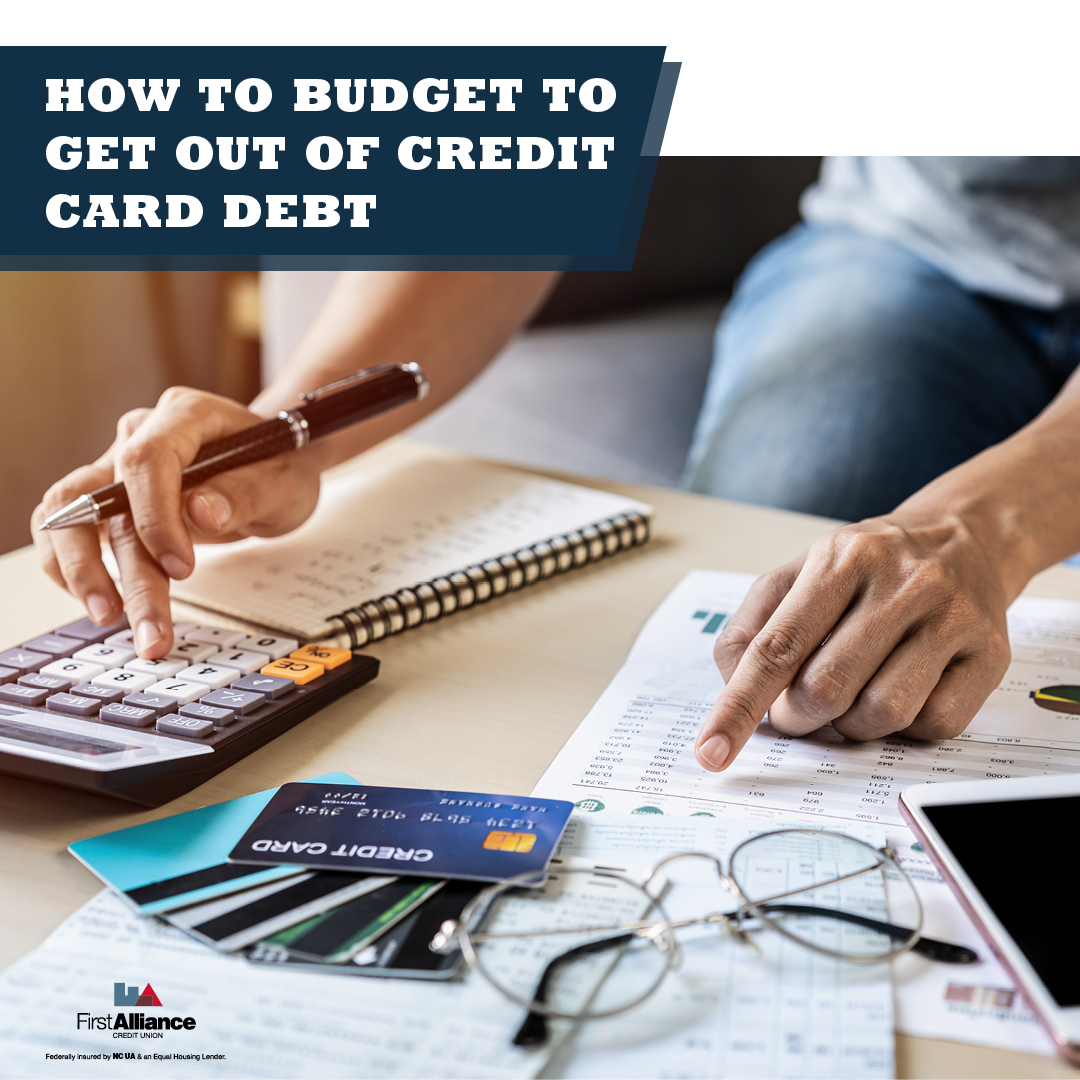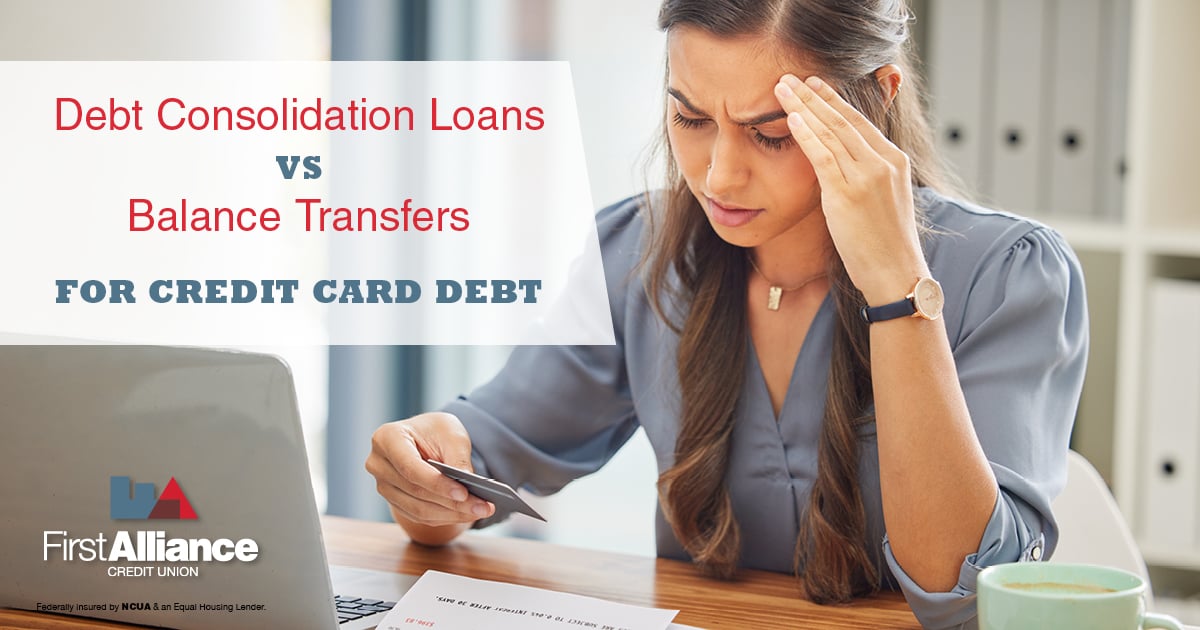How to Budget to get out of Credit Card Debt
Credit card debt is a lot like a horror-movie monster. It can sneak up on you if you’re not careful, and once it appears it usually doesn’t go away...
6 min read
 Kamel LoveJoy
:
May 27, 2025 5:00:00 AM
Kamel LoveJoy
:
May 27, 2025 5:00:00 AM

Lisa spent childhood hearing Grandma warn, “Banks chew money like a dog on a shoe,” so she trusted cash-in-the-mattress more than plastic. Ben—her college-sweetheart-turned-fiancé—heard the opposite and grabbed his first credit card freshman year. A couple of designer sneakers, one “can’t-miss” spring-break deal, and too many midnight burritos later, the card sits maxed at $5,000 with a 25 % APR.
Fast-forward: both twenty-somethings have entry-level remote jobs, earn about $5,640 after taxes each month (thanks to Ben’s overtime and Lisa’s bead-jewelry side hustle), and have temporarily moved into Lisa’s parents’ basement—no rent, one shared car, a free pantry, and a Labrador who thinks the situation is "heaven." Their dream? A small dog-park apartment with their own furniture and zero debt dragging them down.
They walk into First Alliance Credit Union, hear “We show up. We listen to your story. We provide possibilities.” and ask, “How do we get out of debt fast without feeling broke?” Below is the plan their Member Advisor sketched out:

How do I stop adding to my card balance on $5k a month?
Ben prints two months of purchases, highlights the budgeting basics - Needs, Wants, and Minimum Payments, and spots the leaks (daily iced coffees, triple streaming subscriptions). Seeing every dollar in one place stops swipe-and-pray spending—no more mystery charges snowballing interest.

Which clears debt faster, and are consolidation loans worth the fees?
| Strategy | How It Works | Best For | Caution |
|---|---|---|---|
| Snowball | Pay extra on the smallest balance first for quick wins. | Folks who need visible momentum. | Pays more in interest if rates on tiny debts are low. |
| Avalanche | Attack the highest-interest debt first to save the most money. | Math-minded people with patience. | Feels slow if the balance is big. |
| Consolidation Loan | Roll multiple cards into one lower-rate payment. | Scores ≥ 660 or a co-signer. | Transfer fees—run the numbers with First Alliance’s calculator. |
Ben’s single $5 k card is both smallest and highest-rate—lucky break. He chooses Avalanche and starts throwing every extra penny at it.

How fast can lowering utilization raise a 610, and should Lisa close her secured card?
The quickest way for Ben to jolt his 610 credit score is to tame his utilization ratio—the slice of available credit he’s actually using. Because 30 percent of a FICO score hinges on this single factor, trimming his maxed-out balance down to about 30 percent of the limit could lift his score into the mid-660s in as little as two to three months. That kind of jump unlocks better rates and keeps momentum high.
For Lisa, who’s starting from a “credit ghost” blank slate, a secured credit card works like training-wheel plastic. She puts down a refundable deposit—let’s say $300—and that cash instantly becomes her credit limit. Each month she swipes the card for small, predictable expenses like groceries, pays the balance in full, and watches every on-time payment get reported to the credit bureaus. After six to twelve solid months of on-time history, most issuers return the deposit and graduate her to a regular, unsecured card. Credit history unlocked, confidence gained.
A credit-builder loan flips the usual borrowing script and doubles as a forced-savings plan. The credit union places, for example, $500 in a locked savings account for Lisa, then has her “repay” that amount over the next year. Every payment lands on her credit report just like a traditional loan, and when she’s finished, the $500—plus a little interest—comes back to her. It’s a perfect tool for anyone who’s credit-invisible or two years past a bankruptcy discharge and eager to rebuild.
One final rule: don’t close that first card after payoff. Keep the balance at $0 and, if there’s an annual fee, ask the issuer to downgrade it to a no-fee version. Closing old credit lines shortens your credit history and can ding your score just when you’ve started to climb.
How much side-gig cash goes to savings vs. debt?
Side‑gig money feels like free money, but the first rule is simple: protect today before you attack yesterday. Park the very first $1,000 in a no‑fee First Alliance savings account—cash you can pull in minutes if Dad’s water heater quits or Ben’s e‑bike needs a new battery. With that starter buffer locked, run every fresh dollar through the 80/20 valve:
80 %—Debt Blaster. Four out of every five side‑hustle bucks go straight at the high‑interest card balance. That keeps interest from eating tomorrow’s paycheck.
20 %—Safety Builder. The remaining slice tops up the emergency fund until it equals three months of must‑pay bills—student‑loan minimums, car insurance, phone plan, and a bit for Mom’s groceries. Hit that mark and “unexpected” turns into “already covered.”
Why this mix? One surprise vet visit or blown tire shouldn’t undo months of progress. A sturdy cash cushion keeps the card at $0 while your avalanche payments keep hammering principal. Spend two minutes automating the split inside online banking, and the plan runs on autopilot—no late‑night money shuffles, no stress, just steady momentum toward debt‑free living.

Earn More. Ben e-mails his supervisor and volunteers for a standing five hours of overtime each week. Because his entry-level tech-support job pays time-and-a-half for OT (about $25.50 an hour), those extra keystrokes add roughly $510 a month to their take-home pay—all without leaving the house. Meanwhile, Lisa turns her childhood hobby of stringing seed beads into a mini-business. She photographs her rainbow bracelets and dog-tag keychains, posts them on Instagram Reels, and ships two or three small orders a week. After supplies and postage, her side hustle nets about $130 a month and is flexible enough to do at the kitchen table while the family watches TV.
Spend Less. With rent off the table and both of them working remotely, they downsize to one shared car—saving $90 in insurance and maintenance. They cancel two forgotten streaming services ($40) and swap Friday takeout for batch-cooked chili and taco bowls ($80). Mom’s pantry privileges plus Ben’s new electric bike cut their personal grocery runs by another $60.
Pay-Off faster. Add it up and their “gap” grows by $910 a month—$640 from fresh earnings and $270 from lighter spending. Using their 80/20 rule, $728 goes straight at Ben’s high-interest card while $182 tops up the emergency fund. At that pace, the entire $5,000 balance disappears in just eight months, and they dodge roughly $700 in would-have-been interest. Once the statement finally reads $0, the same $728 a month can avalanche into a down-payment fund for their future dog-park apartment, proving that a bigger income paired with leaner expenses is the fastest way to get out of debt—and stay free for good.
What exactly is DTI? It’s the slice of your monthly income that is already promised to debt obligations—think required payments on credit cards, student loans, auto loans, personal loans, child support, and any other installment you must send out. To calculate it, total all those mandatory payments, divide by your monthly take-home income, then multiply by 100 to get a percentage.
Ben and Lisa’s numbers look even better now that overtime and bead-bracelet sales have nudged their combined after-tax income up to about $5,640 a month ($5,000 base + $510 OT + $130 side hustle). Their required debts are modest:
Student loan: $200
Credit-card minimum: about $150 (until the balance is gone)
That’s $350 in required payments. Plug in the math:
DTI with the card still active:
$350 ÷ $5,640 × 100 ≈ 6.2 %
Once Ben’s high-interest card hits $0—remember, the avalanche wipes it out in eight months—the only fixed payment left is the $200 student loan:
DTI after the card is cleared:
$200 ÷ $5,640 × 100 ≈ 3.5 %
Most lenders start smiling when DTI is below 40 %, and anything under 20 % is considered premium territory for car loans, apartment leases, or eventually a mortgage. So a post-payoff DTI in the single digits positions Ben and Lisa as rock-star borrowers. When they’re ready to trade Mom’s basement for that dog-park apartment—or finance a gently used second car if their work-from-home routine ever changes—they’ll sail through the loan process with room to spare.
Ten months later, Ben’s card reads $0, Lisa’s score pops to 680, and their emergency stash hits $1,500. They find that one-bedroom near the dog park. Friday night celebration? Homemade tacos and a free movie night—with the single streaming service they kept. The $550 payoff punch is now snowballing into savings and, soon, a down payment. As Lisa tells her grandma, “First Alliance didn’t just lecture us. They showed up, heard our story, and gave us possibilities—exactly like their mission says.” Ready for your own debt-free chapter? Drop by First Alliance Credit Union or chat online with a Member Expert today. Because everyone deserves the opportunities—and the apartment—of their dreams.

Credit card debt is a lot like a horror-movie monster. It can sneak up on you if you’re not careful, and once it appears it usually doesn’t go away...

Whether you’re drowning in credit card debt or just looking to streamline your payments, there are countless options to choose from when it comes to...

When you are struggling with large amounts of debts owed to multiple creditors, it’s understandable to want to ease the burdens and simplify your...